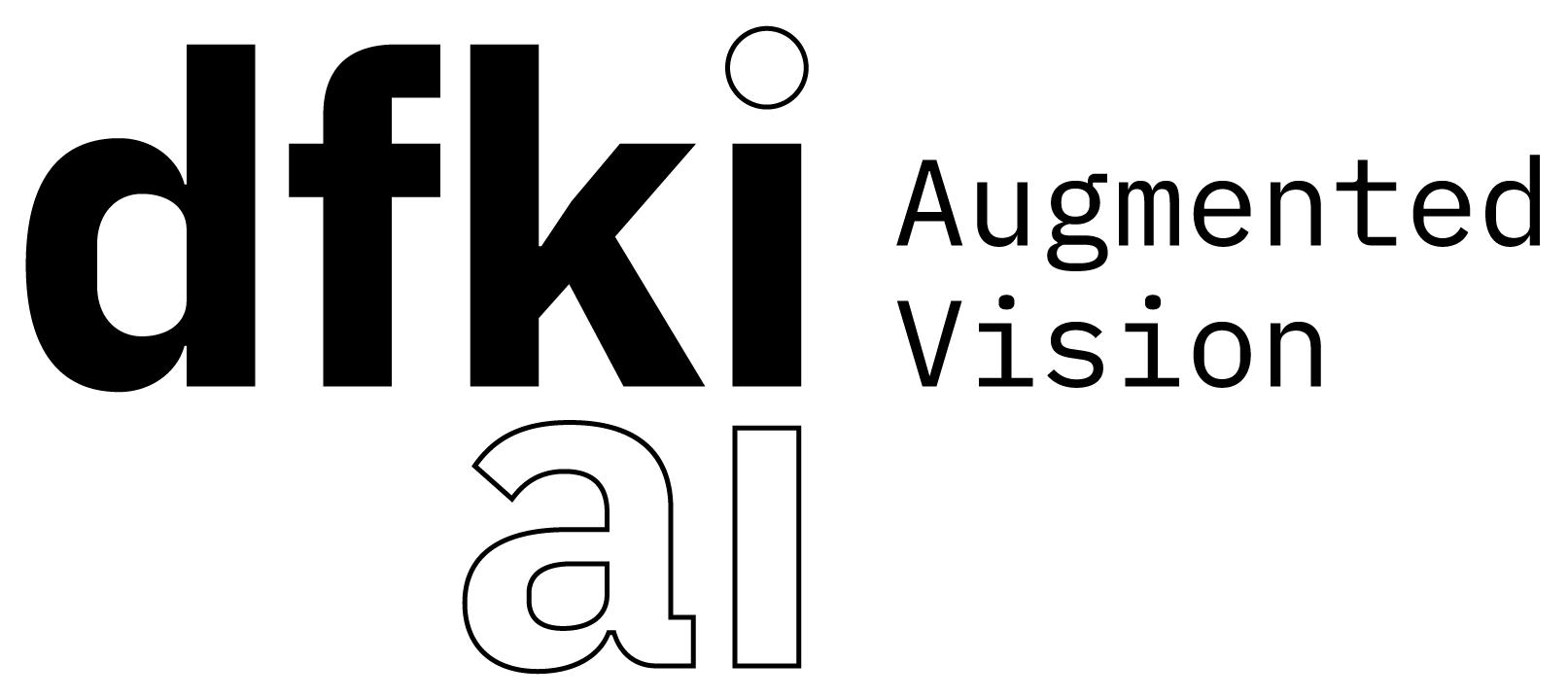3D Shape Processing by Convolutional Denoising Autoencoders on Local Patches
3D Shape Processing by Convolutional Denoising Autoencoders on Local Patches
IEEE Winter Conference on Applications of Computer Vision (WACV-18), March 12-15, Lake Tahoe, NV, USA
- Abstract:
- We propose a system for surface completion and inpainting of 3D shapes using denoising autoencoders with convolutional layers, learnt on local patches. Our method uses height map based local patches parameterized using 3D mesh quadrangulation of the low resolution input shape. This provides us sufficient amount of local 3D patch dataset to learn deep generative Convolutional Neural Networks (CNNs) for the task of repairing moderate sized holes. We design generative networks specifically suited for the 3D encoding following ideas from the recent progress in 2D inpainting, and show our results to be better than the previous methods of surface inpainting that use linear dictionary. We validate our method on both synthetic shapes and real world scans.
- Keywords:
- CNN, inpainting, shape processing, shape repair
